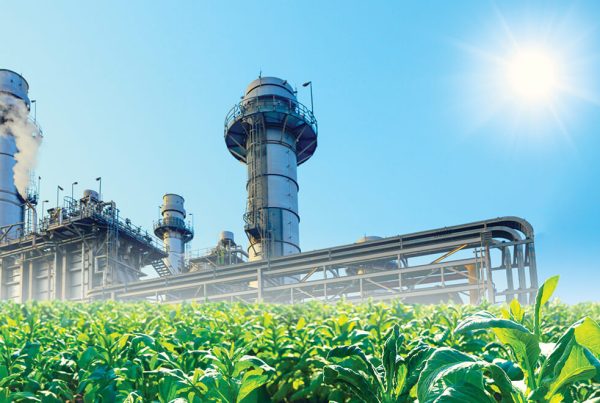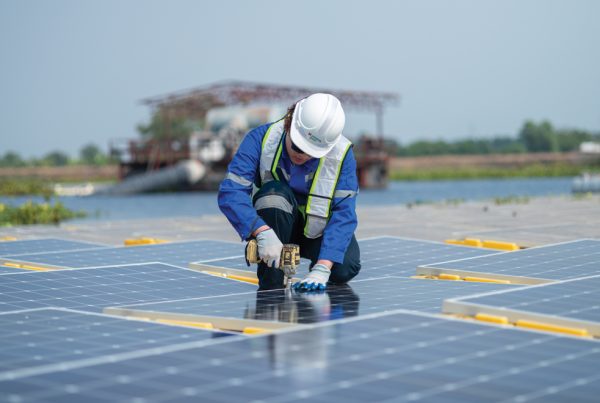Today, India is the third-largest consumer of energy in the world, after China and the United States, due to its rapid economic development. However, this staggering growth in energy consumption means we are also now the third-largest carbon emitter worldwide, accounting for ~7% of global emissions. It will continue to rise in the years to come. Therefore, with growth comes greater responsibility for developing a sustainable energy supply chain for ourselves and the world. It demands a greater need to produce and rely on other greener energy alternatives. India is already moving towards this roadmap to net zero and plans a massive expansion of Green energy adoption. Apart from Solar and Wind, Hydrogen fuel production has also been identified as an excellent opportunity to curb India’s dependence on energy imports and reduce its reliance on fossil fuels, thereby tackling climate change challenges.
Furthermore, Green Hydrogen is widely expected to significantly decarbonise heavy and hard-to-abate industries, including oil refineries, steel mills, and fertiliser plants. India’s current fuel output is meagre and comes from only a handful of pilot projects.
To accelerate the transition to Green Hydrogen, the Indian government has suggested investing INR 800 Cr. by 2024 in pilot projects, infrastructure, supply chain development, research and development, laws & regulations, and public awareness.
The government also opened the door for rolling out the much-awaited National Green Hydrogen Mission under the Union Budget this year. Under this mission, the government plans to achieve five million metric tonnes (MMT) of green hydrogen production by 2030. The National Green Hydrogen Mission is among the multiple budget announcements that focus on moving the country towards a decarbonization pathway.
While Green Hydrogen is regarded as a potential panacea to cut emissions, there are still significant challenges in scaling up the technology, building optimum infrastructure and making it cost-effective, such as:
Higher production costs
Currently, the primary concern around scaling green Hydrogen is the high cost of production and dependency on advanced, efficient electrolysers. However, the government seems confident that these will likely become cost-effective soon. “Recent trends and analysis indicate that, driven by technology advancements, reduction in costs of renewable energy and electrolysers, and aggressive national strategies by some of the major economies, green Hydrogen is likely to become cost-competitive in applications across industry, mobility, and other sectors within a short span.
Currently, the cost of producing green Hydrogen from electrolysis ranges from $4.10 to $7 per kilogram of the clean gas, depending on the technology used. However, according to projections, the cost in India is likely to decrease to as low as $1.7/kg to $2.4/kg by 2030, with the expected reduction in electrolyser costs and the cost of renewable energy production.
Storage of Hydrogen
Hydrogen is typically stored by compression, cooling, or a combination of both methods. Material-based hydrogen storage is also being developed in the form of solids, liquids, or surface-based materials. However, there are some technical challenges with the storage of Hydrogen, as discussed below.
- High energy requirement in compressed hydrogen storage due to low specific gravity
- Temperature and pressure requirements while storing Hydrogen in solid form
- Design aspects, legal issues, social concerns, and high cost
- Low durability of materials (fibre, metals, polymers, etc.) for storage and potential chemical reactions raises safety concerns.
End-use of Hydrogen
When it comes to end-use, several challenges need to be addressed before the large-scale commercialisation of Hydrogen, as discussed below.
- Need for weight, volume, and cost minimisation of compressed hydrogen gas tanks for vehicles and fuel cell stacks
- Efficiency, degradation issues, durability, resiliency, size, power, and current densities of the fuel cell need improvement
- Lack of systems monitoring the performance and state of health of the system
- High complexity of the fuel cell system, especially with thermal and water management, purification, and humidification
- The low run time of fuel cells for portable electronic devices has to be improved without increasing the size.
Way Forward
In summary, green Hydrogen has the potential to act as a lever for decarbonising the energy sector, especially in hard-to-reach areas such as heating and heavy-duty transport. The advancement in digitalisation offers various opportunities to harness Hydrogen as one of the prominent sources of energy and storage for energy needs. However, challenges need to be addressed to maximise potential and facilitate commercialisation. Especially in the Indian context, only those states that have the required infrastructure, policy support, and demand are likely to thrive in the domestic green hydrogen market—several states that already have refineries have established natural gas pipelines. There are also city gas distribution pipelines. Such existing infrastructure needs to be captured and modified to ensure early offtake of the technology.




